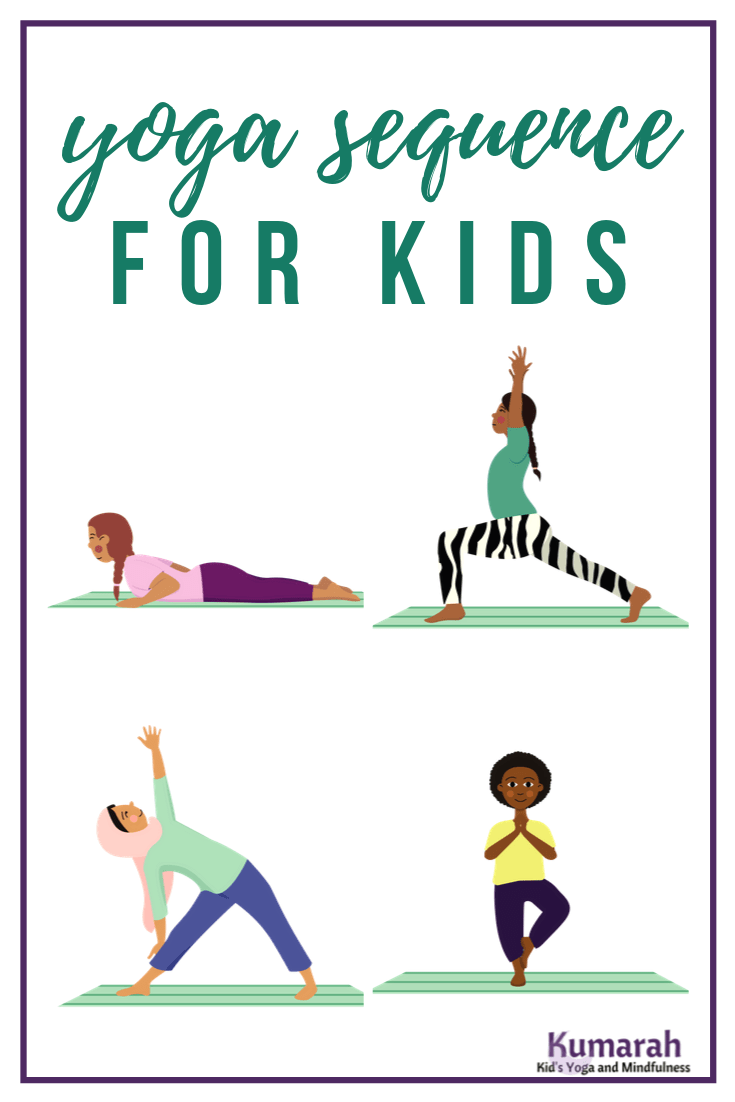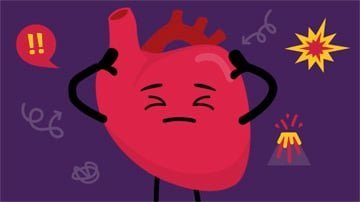
Yoga for Arthritis is an international non-profit that promotes yoga for arthritis. They provide yoga trainings that are research-based to healthcare professionals and arthritis sufferers. These classes and trainings address specific needs for arthritis patients. Yoga for Artstritis offers yoga teacher training to increase yoga for arthritis. You can sign up for a complimentary class or become a yoga teacher for someone suffering from arthritis.
When it comes to the relationship between yoga and arthritis, it is vital to talk to your doctor before attempting any type of physical activity. Yoga can be made easier by your doctor setting restrictions. Consider classes that are specifically for arthritis sufferers. They must be trained and certified. Tell your instructor that you have suffered from joint pain. Your instructor will modify your poses to accommodate the pain.

Yoga is often recommended for those with arthritis. Some poses can be beneficial for those with arthritis and correct deformed postures. These poses can be very beneficial to people who have sexual problems. The most common area that is affected by arthritis is the neck. You can ease your pain by gently pulling your neck backwards and forwards. Start by lying on your stomach and bending your knees. Your feet should be no more than hip distance apart. Then, bend your knees and lift yourself off of the ground with your hands on your chest.
Although yoga is safe and effective for those with arthritis, it's important to check with your doctor before you start. You should consult an orthopedist if you are experiencing joint pain in your back or neck. Ask about any side effects or risks that yoga poses. It is important to understand what poses can be done without causing pain.
There is no evidence to support the claim that yoga can be helpful for people with rheumatoid. Some poses can cause discomfort. For instance, tree pose can be harmful to the joints. This pose can make rheumatoid-arthritis worse. Using meditation, breathing, and relaxation techniques can help you manage your pain. For relief, meditation and breathing exercises are also options. This will improve your quality and reduce your symptoms.

For those suffering from arthritis, asanas are beneficial. These asanas are good for relaxing the joints. A simple leg-to-leg movement is a yoga asana that can help relieve pain in the hands. It can improve flexibility as well as strength in the arms. Some poses even target the lower back and chest muscles. The many benefits of yoga have been well documented. However, it is important to understand side effects and limitations so that you can find the right balance for your body.
FAQ
Is it true that kidney stones can be caused by overeating protein?
Protein is important for maintaining healthy bones and tissue. However, too much protein can result in calcium excretion through the urine. This can lead to kidney stones.
It is important to keep in mind that not everyone will develop kidney stones if they consume more protein than 2 grams per kilogram (2.2lbs). Some people can eat high amounts of protein without getting kidney stones.
Watching your sodium intake can help prevent kidney stones. Sodium regulates the water balance of the kidneys. Too much sodium results in a higher risk of developing kidney stones.
You can also reduce your intake of proteins if you develop kidney stones. The majority of adults need protein for half their daily caloric needs. A reduction in protein intake will likely result in weight loss.
If you do decide to eat more protein, don't go overboard. Aim for less than 20% of total calories from protein.
Is Cardio Better Than Strength Training?
Both are equally good. For those who want to gain muscle quicker, cardio is a better choice.
Cardio burns a lot more calories per minute that strength training and is more effective at burning fat.
Strength training helps build muscle mass. But it takes longer than cardio to accomplish this goal.
What's a good workout plan for 7 days?
A seven day exercise program should include cardiovascular training (running or biking), strength exercises (using freeweights, weight machines) and one flexibility/core workout. Each activity should be done at least once per week. Each session should not last more than 45 minutes.
Cardiovascular Exercises: Swimming, Cycling, Running
It is important to complete at least 60 minutes of cardio per week. Aim for 75 minutes per week to get the best results. Cardio exercises can increase blood flow and stimulate the growth of muscles.
Strength Training
Cardio exercises focus on the heart and lungs while strength training targets muscles and bones. Strength training increases lean muscle mass and helps to burn calories even at rest.
Flexibility & Core Workouts
Your whole body will be stronger if you have flexibility and core training. Yoga and Pilates are both excellent choices.
Is there any benefit to doing yoga?
Yoga has been around since ancient times, and it has recently gained popularity. Celebrities, as well as everyday people who are looking to stay fit and healthy, have made yoga a hugely popular choice.
Yoga is great for strengthening and stretching your muscles. It also relaxes your mind and makes you calmer.
Yoga is different from other types of exercise in that it focuses on breathing techniques.
You can practice various poses to improve your flexibility and balance.
Statistics
- According to the American Heart Association, blood pressure should be checked at least once every two years, beginning at age 20. (my.clevelandclinic.org)
- The PRS enabled risk stratification for overall prostate cancer and lethal disease with a four-fold difference between men in the highest and lowest quartiles (HR, 4.32; 95% confidence interval [CI], 3.16-5.89). (pubmed.ncbi.nlm.nih.gov)
- 10 pounds in a month is likely during a lean bulking phase, especially for beginners. (muscleandstrength.com)
- Get free shipping and 25% off today. (healthline.com)
- Candidates and applicants must pass all four tests at 70% (minimum level) to graduate from Basic Deputy U.S. Marshal (BDUSM) Training. (usmarshals.gov)
External Links
How To
What nutrients do men need each day?
Healthy growth and development of men requires healthy nutrition. The body requires vitamins, minerals, proteins, carbohydrates, fats, water, fiber, and other essential elements.
The male body also requires specific nutrients at different times throughout the day. You can see that your body uses energy to make hormones. When you wake up, your body uses protein to repair damaged tissue and build muscles.
At night, your body breaks down fat and stores the extra energy as glycogen. Your body has less energy but still requires enough nutrients during this time. If you feel hungry, you may consider having a snack during the evening.
When you work out, you need adequate levels of carbs and protein to fuel your muscles. If you exercise hard, you might feel muscle soreness.
To prevent this, you should eat carbs as well as protein within the first two hours after training. Your body will break down stored glycogen to provide glucose for energy.
After your workouts, you should eat protein immediately. This will prevent muscle tissue from being damaged while you sleep.
Your body makes lactic acid when you are doing intense physical activities. It is a form of lactic acid that builds up in the bloodstream. This causes fatigue. Avoid this by eating foods rich in carbohydrates such as fruits or vegetables.
Carbohydrates provide energy for your body to recover after strenuous exercise.
Additionally, lean meats, fish and eggs, dairy products, yogurt, cream, cheese, yogurt and beans can be added to your diet.
All these foods are high-quality sources of protein. Protein promotes muscle growth and repairs damaged tissues. It provides amino acids that your body needs in order to produce sexhormones and testosterone.
To maintain healthy skin, hair, and joints, you also need sufficient dietary fats. Healthy men should consume between 20% to 35% of their daily caloric intake from fat.
Fat protects your heart from cancer and keeps it strong. It is essential for proper brain function.
Most of the fat you need can be obtained from vegetable oils, including sunflower oil (or soybean oil), peanut oil, peanut oil, soybean oil, and peanut oil.
These oils have high amounts of monounsaturated oil fatty acids, (MUFAs). MUFAs are good for lowering cholesterol and reducing inflammation. They protect your cells from damage by free radicals.
Saturated fats (SFAs), are found mainly in animal products such as meat, milk products, and butter. SFAs can increase LDL ("bad") cholesterol as well as triglycerides. They promote weight gain and abdominal fat.
Polyunsaturated oils (PUFAs), are found in plant-based foods like nuts, seeds and vegetable oils. PUFAs improve cardiovascular function and decrease inflammation. They can also control blood sugar levels and cholesterol.
Low HDL ("good") cholesterol is a common cause of erectile dysfunction in men. Saturated fats are a major source of bad cholesterol. This lowers good cholesterol.
Men who eat a lot of red meat or pork develop prostate problems because they contain large amounts of nitrates. Nitrites convert to nitrosamines when cooked at high temperatures. These compounds can cause cancer.
Many processed meats are high in nitrites, and other dangerous chemicals. You should avoid them.
The American Heart Association recommends limiting red meat intake to two meals per week. Instead, opt for poultry, fish, legumes and tofu as well as whole grains bread and cereals.